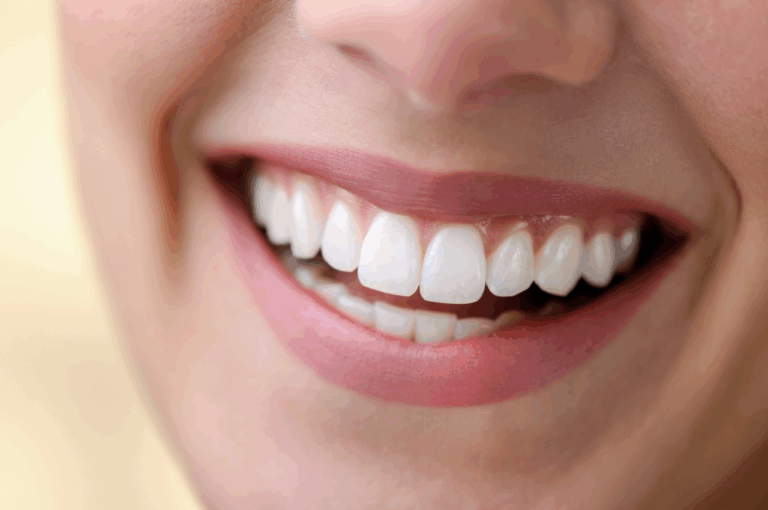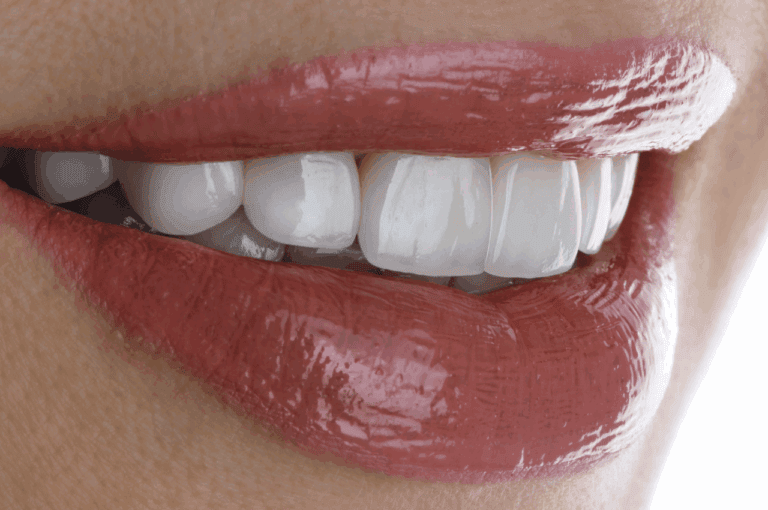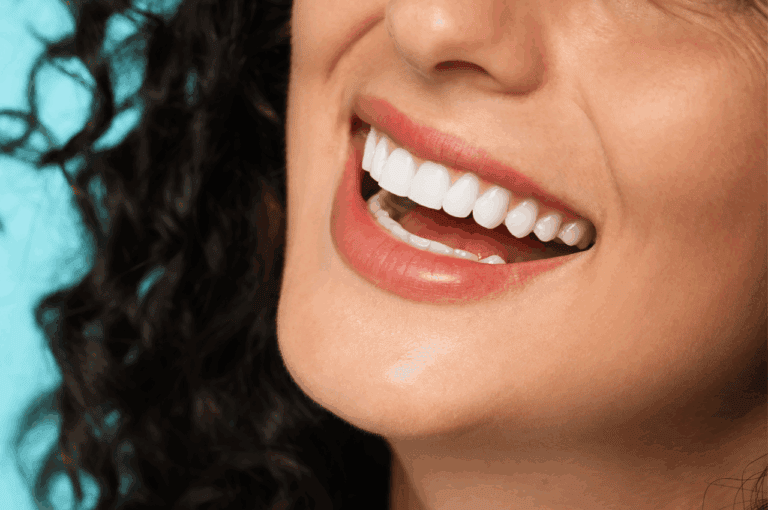Thinking about veneers can seem like a big deal, particularly when you’re aiming for a smile that looks natural and suits your Long Island lifestyle. Many of our patients at Long Island Veneers ask themselves whether the pros really do outweigh the cons for their particular needs.
So, it’s crucial to consider the pros and cons before taking any action. Let’s look into what you need to know in order to make the choice on if veneers are right for you.
Veneers Overview
Veneers are thin, tailored shells that cover the front of your teeth. They’re usually made out of porcelain or composite resin. The primary application of veneers is cosmetic. They assist in correcting a variety of issues, which makes them a favorite among many adults in Long Island seeking to achieve a more confident smile.
Veneers can fix chips, cracks, gaps and discoloration. They use them to fix crooked or oddly shaped teeth. The shells are created to match your natural tooth color, so the results look authentic. This natural look is why veneers are regarded as a reliable solution for discreet enhancements.
Getting veneers is a minimally invasive process in comparison to other dental restorations. Your dentist will shave down a thin layer of enamel from the front of your teeth, which allows the veneer to fit snugly and appear natural. Most patients will visit their dentist two or three times, start to finish, from initial consult to preparation, fitting, and final placement.
Veneers are affixed to your teeth with a powerful glue. Since they’re bonded only to the front side, they can chip. Biting hard foods or grinding your teeth at night makes you more vulnerable to cracks or chips. If you’re a grinder or clencher, we recommend a night guard. This small measure can save your veneers’ life and preserve your investment.
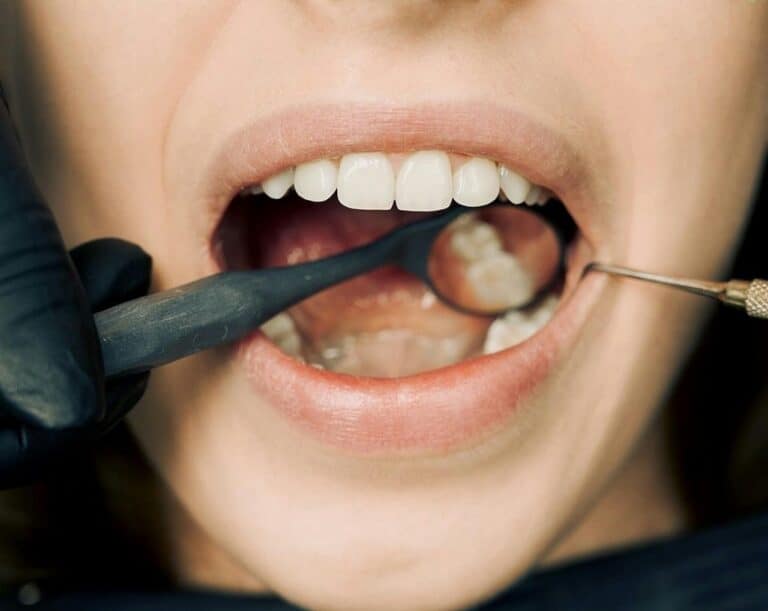
The benefits of veneers include:
- Natural look and feel: Veneers are custom-tailored to mimic the appearance of real teeth, so most people will not notice you have them.
- Long-lasting improvement: Porcelain veneers are especially durable, often lasting well over a decade with good care.
- Improved confidence: Many patients report increased self-esteem after addressing cosmetic dental issues, making social and professional interactions more comfortable.
There are also possible downsides:
- Potential for damage: Because veneers are only bonded to the front, they are not as strong as crowns or implants.
- Irreversible process: Enamel removal is permanent, and you will always need some type of covering on those teeth.
- Cost: Veneers may not be covered by insurance since they are considered cosmetic, so out-of-pocket costs can be significant.
Types Compared
Selecting a dental restoration in Long Island involves making a few tough decisions. There are advantages, disadvantages, and ideal use cases for both. Knowing these distinctions will assist you in making the appropriate selection for your requirements.
Veneers vs. Crowns
While both crowns and veneers enhance the appearance of your teeth, the coverage differs. Veneers merely cover the front of the tooth, preserving more of your natural tooth structure. Crowns, however, encase the whole tooth. This implies more drilling out and extraction of tooth enamel with crowns.
Crowns are generally reserved for teeth that are severely broken down or root canaled. Veneers work best if your tooth is otherwise healthy but you want to mask stains, small chips or slight misalignment. Both can use porcelain, but crowns are usually the default for teeth that require additional strength.
Veneers vs. Dental Implants
Because veneers need a tooth to attach to, they cannot be used in place of missing teeth. Dental implants actually replace a missing tooth, root and all. That makes them a more robust and durable response when a tooth is lost or needs to be extracted.
Implants are a larger time and financial commitment and come with surgery. Veneers focus more on altering the appearance and health of remaining teeth. If you’re missing teeth, implants or a bridge may be a better choice.
Traditional Veneers vs. Lumineers
Traditional veneers are typically porcelain or composite. They typically involve shaving down your tooth to accommodate the veneer. Lumineers are a brand of super-thin porcelain veneers. They require far less setup, which translates to less natural tooth extraction.
Lumineers will run you $800-$2,000 a piece, depending on your provider and your needs. They’re not for everyone, particularly if there’s a lot of staining or damage. Porcelain veneers last about a decade, though Lumineers might be a bit less durable because they’re thin.
Veneers vs. Bonding
Bonding is when a dentist paints composite resin onto your tooth. It’s typically a faster, cheaper solution than veneers. Bonding is useful for minor chips or gaps. It’s usually done in a single visit, but won’t last as long as veneers.
Composite veneers use the same resins, but are instead hand-sculpted to appear like a veneer. There are two types: direct and indirect. Direct is in the office, indirect is made in a lab then inserted. Composite veneers are cheaper than porcelain, but less stain resistant.
There are removable, temporary veneers, but studies are sparse. A lot of them are one-size-fits-all, which can translate to an awkward fit or impeded speech. Other times they appear forced. Orthodontic treatment will make more sense if you need to actually move teeth, not just their shape or color.

Process Steps
Getting veneers is a process that involves multiple steps. The aim is to have a natural, long lasting, comfortable outcome. In Long Island, most dental offices have a similar routine, but the timing and personalization may differ a bit.
- The first visit involves a thorough dental exam, discussion of your goals, and assessment of your oral health. Your dentist will determine if veneers are appropriate for your needs and explain potential alternatives. This is when you can talk about your expectations, ask questions, and review before-and-after photos. If you are a candidate, your dentist will often take initial impressions of your teeth.
- Tooth Preparation: To ensure the veneers fit smoothly and look natural, a thin layer of enamel is carefully removed from the front surface of each tooth, typically about 1 millimeter. This step is irreversible, so it’s performed meticulously and carefully. Once the teeth are prepared, impressions are made. These get shipped over to a dental lab where your custom veneers are fabricated. In the meantime, temporary veneers can be bonded on to shield your teeth and acclimate yourself to the new appearance.
- Fabrication and Try-In: Custom veneers are designed in a lab, which usually takes one to two weeks. In the meantime, the lab leverages your impressions to fabricate veneers in the shade and shape you want. When they’re done you’ll come in for a fitting. Your dentist examines the color, fit and shape, tweaking here and there. This way, the veneers match your natural teeth and your desires.
- The last appointment is focused on permanently attaching the veneers. Your dentist will clean each tooth, apply a special adhesive and carefully bond the veneers in place. This can run about 2 hours a set. Once placed, your bite is checked and final tweaks are made. Most patients acclimate fast to the sensation of their new veneers.
Benefits
Veneers are one of the most popular options for people looking to enhance the appearance of their smile. That’s particularly true for Long Island locals who appreciate a refined, self-assured grin. Porcelain veneers especially provide a potent combination of aesthetic and functional benefits.
Veneers provide multiple advantages to the cosmetic patient. Here is a detailed list of the main benefits:
- Multiple concerns, one solution: Veneers can address a number of cosmetic dental issues all at once. From stains that won’t bleach out, to chips and gaps and cracks and even ever-so-slightly crooked or misshapen teeth.
- Natural appearance: Porcelain veneers can be carefully matched to the natural shade of your teeth. This allows them to camouflage, so that majority of the people won’t be able to tell you had any procedure done.
- Long-lasting results: With proper care, veneers can last anywhere from 10 to 15 years. For many patients, this is more convenient than repeated whitening sessions.
- Stain resistance: Porcelain veneers are highly resistant to stains from coffee, tea, and red wine. And that keeps your smile nice and bright.
- No special care needed: You do not need to change your brushing or flossing routine. Veneers just need regular dental hygiene like natural teeth.
With advantages like these, veneers provide both short and longterm enhancements. They have the ability to transform the shape, color and even the alignment of your teeth for a more even and beautiful smile. This is particularly useful if you have multiple dental problems that you’re trying to solve in one go.
For most, it’s the convenience. Have years of stains or chips or gaps? The bounce back is typically fast. Most patients are back to normal eating and speaking within a day or two.
Porcelain veneers can stand up to wear and tear better than you might expect. Unlike teeth whitening that might require touch-ups every year or two, veneers keep their shine.
Drawbacks
Veneers can give you a prettier smile, but there are actual sacrifices involved that you should consider. Below are the main drawbacks that often come up for patients considering veneers on Long Island or anywhere else:
- Irreversible procedure: The enamel removed to fit veneers cannot be restored, making this a permanent change.
- Increased sensitivity: Teeth may feel sensitive to hot or cold, especially for a few weeks after veneers are placed.
- High cost and limited coverage: Dental insurance rarely covers veneers, and the cost per tooth can be significant.
- Multiple office visits needed: You’ll usually need three or four appointments to complete the process.
- Lifespan and replacement: Veneers typically last 10-15 years, and you will likely need new ones after that.
- Special care required: Avoid biting hard objects like pens or ice to prevent chipping.
- Night guard recommended: Dentists often suggest a night guard to protect against grinding or clenching.
- Color or shape mismatch: Matching veneers to your natural teeth can be tricky if your teeth have unique shades or shapes.
Balancing these factors is crucial prior to proceeding with treatment.
Irreversible Changes
When you get veneers, your dentist has to shave down a layer of enamel. This renders the process permanent. The enamel won’t regenerate, so you can’t revert back to your natural teeth down the road. You have to remove enamel for the veneer to fit and look natural, but now your teeth are permanently in need of some sort of covering.
Tooth Sensitivity
A lot of people experience sensitive teeth post veneers. This sensitivity typically manifests when consuming hot or cold substances. It usually goes away within a few weeks, but certain patients require additional attention for an extended period. Sensitive teeth toothpaste helps, but some hurt is inevitable at first.
Cost and Maintenance
Veneers are cosmetic and virtually never covered by dental insurance. When you just look at the price, it can add up very quickly — we’re talking several hundred to well-over-a-thousand dollars a tooth. You’ll have to swap them out every 10 to 15 years, increasing the lifetime expense. They’re fragile and require extra caution to prevent damage, meaning you should steer clear of destructive behaviors like chewing on ice or biting your nails.
Matching the color and shape of veneers to your other teeth is tricky. Even with a seasoned dentist, it could be difficult to obtain a seamless match if your natural teeth have unique coloring or shapes. Others find minor inconsistencies between their veneers and adjacent teeth, particularly in some lights.
Bonding and Daily Life
Since the veneers are bonded onto the front of each tooth, they depend on that bond to remain in place. Which means they can occasionally come loose or chip, particularly if you grind your teeth at night or are a hard-food chewer. While wearing a night guard, it’s usually suggested to aid in preserving your investment overnight.
Veneer appointments are sometimes time consuming. From your initial consultation to your final follow-up, anticipate three or four dental visits. It’s not a magic bullet. The time overhead is worth noting, particularly if your schedule is already bursting at the seams.
Daily maintenance is required. Proper care including regular brushing, flossing and dental visits keep veneers looking their best. As a result, tiny chips can be patched but more significant issues typically result in replacing the veneer.
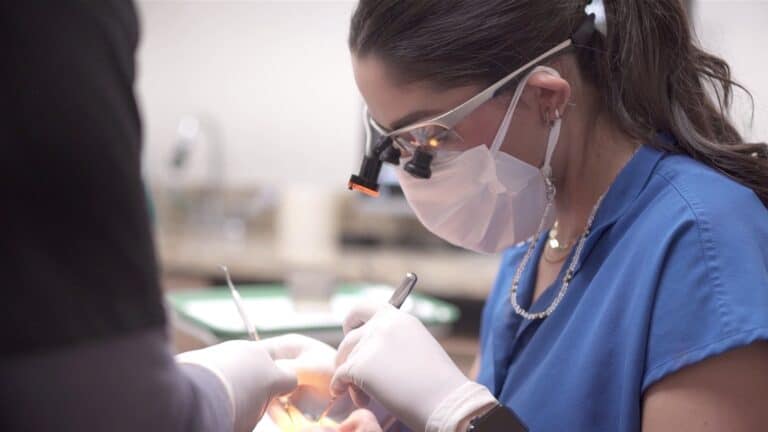
Decision Factors
Deciding to get veneers is more than just having a desire for a whiter smile. There are multiple pragmatic and personal factors that weigh, particularly here in Long Island where dentistry is so damn good.
Long-Term Commitment
Veneers are not a temporary fix. It’s irreversible because it involves shaving down some of your teeth’s enamel. Once you get veneers your teeth always need coverage. That is, you’re making a commitment to upkeep and potential replacement later on.
You see, porcelain veneers, when taken good care of, can last anywhere from 10 to 15 years. Composite veneers have a shorter lifespan—typically 5 to 7 years. Good dental care and a healthy lifestyle can make them go longer, while grinding or biting down on things can cut their lifespan. If you’ve had a habit of clinching or grinding your teeth, this is something to bring up with your dentist as veneers can chip or crack from the pressure.
Financial Investment
Price is a critical consideration for most individuals. Veneers, particularly porcelain ones, are a considerable out-of-pocket cost. They are almost never covered by dental insurance, as they’re a cosmetic procedure. The up-front cost may be significant, and you’ll need to periodically plan for replacements every decade or so.
If you’re thinking veneers, factor in the immediate and future expenses. Get your dentist’s estimate and see if the recurring cost fits your budget. For others the value is worth the cost, while others will opt for cheaper options.
Aesthetic Goals
Consider what you want to accomplish. Veneers can fix stains, small alignment issues, irregular shapes and teeth spacing. The results are apparent in just a few visits, which is dramatically faster than orthodontic alternatives.
Veneers are resistant to common coffee, tea and red wine stains, which is great if you’re a fan of any of these drinks. If your dental concerns are more functional or related to significant misalignment, other treatments such as braces or aligners would be a better fit.
Deciding if Veneers Are Right for You on Long Island
The decision on veneers is ultimately up to your own dental goals, budget, and expectations. Veneers can provide a beautiful and natural-looking enhancement to your smile, but you need to balance the pros with the cons and consider the ongoing care. Since you live on Long Island, you have the advantage of experienced dentists who are accustomed to the unique needs and desires of our region.
If you’re still on the fence or want to understand how veneers could fit into your unique scenario, the best next step is a consultation. Contact Long Island Veneers and talk to one of our local experts about your options and receive customized advice that addresses your concerns. Your comfort and confidence always come first.


